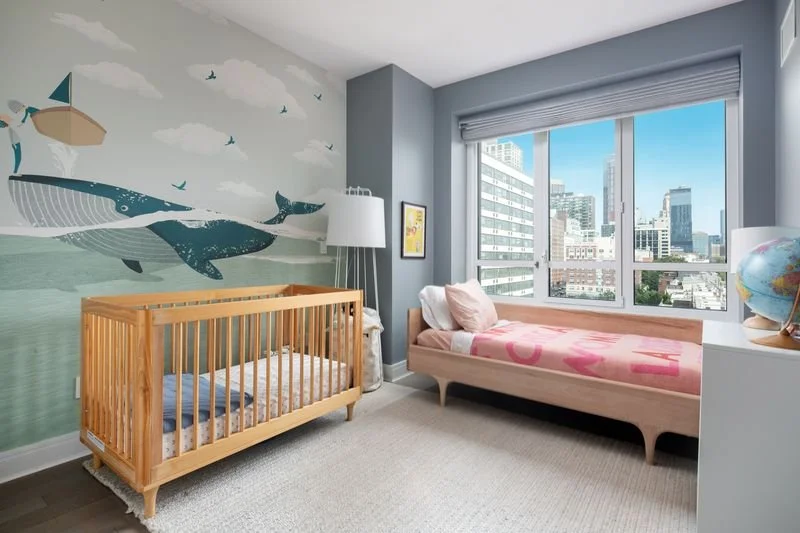A Guide to Heating Control Types
Thermostats can either simply switch on and off your heating system or, in the case of advanced heating controls, can send data or information back to the system to improve its performance. The thermostat and the heating system must communicate in the same language for the thermostat to relay information to the system.
You must be extremely careful when choosing a thermostat because not all of them speak the same language as the heating systems. For instance, if you choose to install a heat pump, you also need to install a compatible heating controller. But installing a heat pump requires the help of experts. So if you happen to live in Kingston, Canada, contact the best Kingston heat pump installation services that will answer all of your questions and address all of your concerns.
And if you want to learn a bit more about heating control types, read our guide below.
Programmable thermostats
If you only want your heating system to turn on in the mornings and before you arrive home from work, a traditional programmable room thermostat will regulate the temperature and turn the system on and off. Space heating uses 63.6% of the average Canadian home's energy.
You can configure the boiler to turn on at the same times every day, such as from 6 a.m. to 8 a.m. and 5 p.m. to 9 p.m., using a traditional programmable thermostat. You will need what is referred to as a "seven-day" programmable thermostat if you wish to set different times for different days.
Stand-alone room thermostats
Heating controls, at their most basic, use a room thermostat to instruct the heating system to turn on and off. When the desired temperature is selected on a room thermostat, the boiler is instructed to turn on until that temperature is attained. The thermostat will instruct the system to turn off again when it reaches the desired temperature.
These come in the shape of a thermostat with a dial or a digital display. This is a pretty straightforward system, and unless you manually lower the temperature, it may mean that the system cycles on and off all day to maintain the desired room temperature. Additionally, it indicates that the boiler frequently raises the room temperature by one or two degrees.
Load and weather compensation controls
Advanced controls known as "compensation" controls help the system run more effectively. The output of the heating system is adjusted during load compensation to minimize the discrepancy between the lower internal room temperature and the desired room temperature.
The same principles of weather compensation apply, except the exterior temperature is used. Traditionally, this involved an external temperature sensor on a building connected to the interior thermostat. The sensor can alert the system to changes in the outside air temperature that will ultimately cause changes in the interior temperature.
To alert your heating system to a temperature change, certain weather compensation systems use information from the nearby weather station. Although less accurate, this results in a simpler installation with fewer potential points of failure. The system may adjust its output slowly to match the anticipated change in temperature for both weather and load compensation controls.
Smart controllers with automation and optimization
On the basis of occupancy detection, geolocation, and/or saved data from user patterns over time, smart controls automate the time and temperature settings. Smart controls recognize your home's usage patterns and the rate at which heat is lost or gained.
The controller will eventually be able to predict how early the heating system needs to turn on in order to reach the desired temperature while working in its most effective condensing mode.
Internet-connected smart heating controls
Programmable thermostats with internet access and smartphone apps are all considered smart heating controls. Most employ some kind of sophisticated thermal control. Many of them are currently compatible with smart home gadgets.
With active geofencing sensors or voice-activated smart home devices, you may add additional functionality. For instance, the heating will switch on when you are close to your house thanks to a GPS signal from your phone.
Smart radiator valves
Although smart radiator valves can independently control the heater, the temperature can be controlled by a centrally located programmable room thermostat. Smart valves can be used in separate circuits or in combination to operate independently. Most radiators fit together very effortlessly.
Thermostatic radiator valves
For smaller properties, repiping for two zones is rarely worthwhile. Variations in temperature are less expensive and disruptive. TRV installation is commonplace. This enables you to decrease the number of radiators in bedrooms and turn them off in rarely used spaces. Rarely does this manual activity need to be redone. Most radiators have TRVs installed by plumbers.
Conclusion
As crucial as having an effective boiler or heat pump is, having control over the heating system is just as important. Maintaining your home at a comfortable temperature all year without using excessive energy is possible with the right heating settings. To help you choose the finest solution for your house, talk to knowledgeable experts before making a choice.












